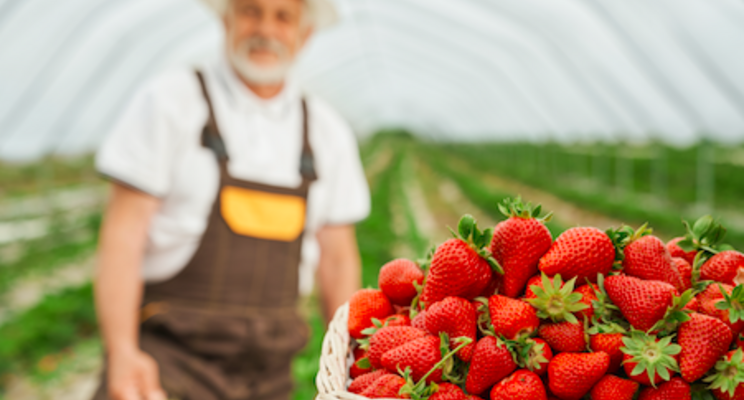Research aims to improve the flavor of greenhouse strawberries
Added on 22 October 2021

To advance controlled environment agriculture science, the Foundation for Food & Agriculture Research's (FFAR) Precision Indoor Plants (PIP) consortium is seeking research applications focused on understanding the genetic and biochemical elements responsible for premium strawberry flavors, in addition to the environmental control of these elements.
"Strawberries have a range of flavors that have been lost in modern varieties, but these flavor profiles still exist in nature," says FFAR Scientific Program Director Dr. John Reich, director of PIP. "By understanding genetic and environmental influences on flavor, we can not only recover these flavors, but also expand our abilities to adapt crops to controlled environment agriculture."
This funding opportunity aims to build on existing strawberry research, including flavor research, to increase scientific understanding of premium flavors in strawberry and how flavorful strawberries can impact the controlled environment agriculture sector. Premium flavors, in this context, are novel flavors with potential commercial value that are largely absent in modern commercial varieties, not the enhancement of existing flavor varieties.
Eligible projects must identify genetic elements responsible for premium strawberry flavor, the chemical constituents responsible for those flavors, and environmental inputs that lead to the growing premium-flavored strawberries in controlled environment production systems.
Applicants from institutions of higher education, non-profit and for-profit organizations, government-affiliated researchers, and domestic and international organizations are eligible for this opportunity.
"Controlled environment agriculture could solve a myriad of food and agriculture challenges. This type of agriculture system can be housed in non-traditional spaces, including abandoned buildings, old warehouse and garages," Reich says. "As these spaces are often in or near urban areas, the foods grown there are closer to their intended consumers, reducing transportation costs and potential bringing new economic opportunities into communities."
Read more on Greenhouse Grower
Photo created by serhii_bobyk - www.freepik.com
Source: Greenhouse Grower
More news















